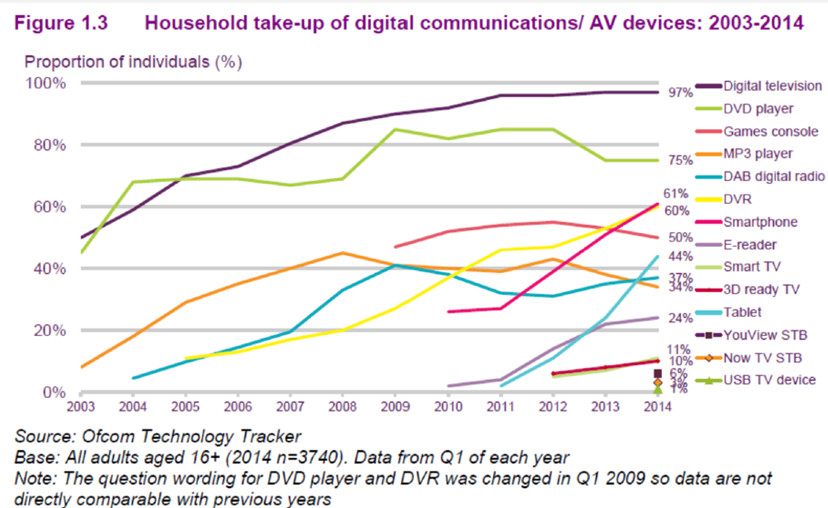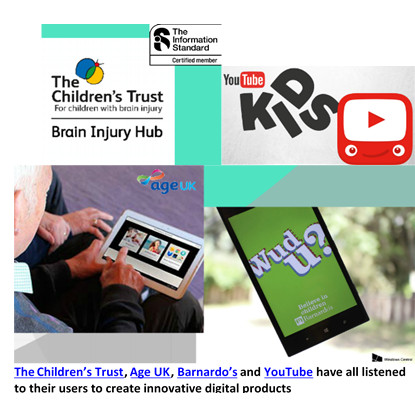Charities need to embrace digital now or they will suffer in the future. George Horgan, who is on the Charityworks graduate scheme, explains how they can do so.
Nobody moved. At a recent Charityworks training event, stood in front of a group of forty-odd London twenty-somethings bidding to make a break in the non-profit world I had mad a simple request: sit down if you had used an app that morning? As I counted upwards...3 apps…5…7 people began to sit down, but we were well into double figures before the last person connected with their chair.
Increasing reliance on technology is worn as a badge of honour by Generation Y (those who grew up with computers), and yet even we are already showing our age! Presented with an array of the top apps used by young people last year there were more than a few bemused faces. Have you ever heard of Whisper, Wanelo or Yo?

The significance of all this?
Embedding and taking advantage of digital working means more than getting an intern to revamp your social media accounts. It means changing the way we think and work to be more responsive to the specific digital needs of people we work with, learning fast to take advantage of new technologies as they emerge and investing in ways to make our work more transparent rather than hiding behind the tech cloud. These actions are neither simple nor cost-free.
However, non-profit organisations, as over-worked and cash-strapped as they may be, have two ‘killer apps’ of their own. First, we remain among the most trusted of professions in the UK, only doctors and the police coming higher in recent research. This trust allows us a privileged insight into the views and needs of our supporters and the people and causes we work for. Secondly, our fundraisers and campaigners have blazed a trail in digital engagement with supporters, a trend which those on the operational side of charities can learn from.
So what can we do?
Listen Hard
Charities hold a privileged position in society, acutely attuned to represent and respond to the people they work with. In the next ten years the public will demand better access to their data, more personalised digital interaction and better protection of their personal information.
Non-profits must work in ways which incorporate co-production, listening to their supporters, employees and service users through online and offline channels to capitalise on this. I spoke to The Children’s Society’s chief executive Matthew Reed who reflected this sentiment: “I’ve got children aged fifteen and seventeen…they live in a merged online-offline world. We need to work in ways which recognise this [and] it needs to be more than just a Twitter account.”
The Brain Injury Hub, an Information Standard accredited website and forum commissioned by The Children’s Trust represents an innovative use of technology to inform and involve service users - in this case parents, carers and teachers of children with acquired brain injury.
Learn Fast
The fast-changing and unpredictable nature of technological threats and opportunities means that charities need to hunt for new and innovative uses of technology. By incorporating Agile methods of working, encouraging everyone to take responsibility for using digital in their work and teaching managers to be digital working role-models we can empower our organisations to be ready for the next digital leap.
Be Transparent
Eighty-one percent of large organisations in the UK suffered
 a security breach in 2014 and the average cost of these attacks for victims nearly doubled in a year to £1.15m. The public is aware and governments are now taking action.
a security breach in 2014 and the average cost of these attacks for victims nearly doubled in a year to £1.15m. The public is aware and governments are now taking action.
Amongst others, Mairead O’Reilly, senior associate at Bates Wells Braithwaite, writing on this website in November, has warned of the coming EU legislation set to ‘significantly toughen the data protection regime in the UK.’ Beyond the need to invest in system security these trends present the greater challenge of becoming transparent. Using technology charities can and should reflect back the data they hold on supporters and service users.
Undertaking this research has helped me to understand that engaging with technological challenges is more than anything about human interaction and organisation. The challenges of the next ten years will be varied and unpredictable. The only ways we can really prepare are by empowering our colleagues to listen hard, learn fast and be transparent.
George Horgan is an IT project manager at the Children's Society, as part of the Charityworks graduate scheme, which places around 100 graduates a year into charities as part of a year-long leadership programme.
This blog is one of a series based on research originally produced as part of the Charityworks scheme.









